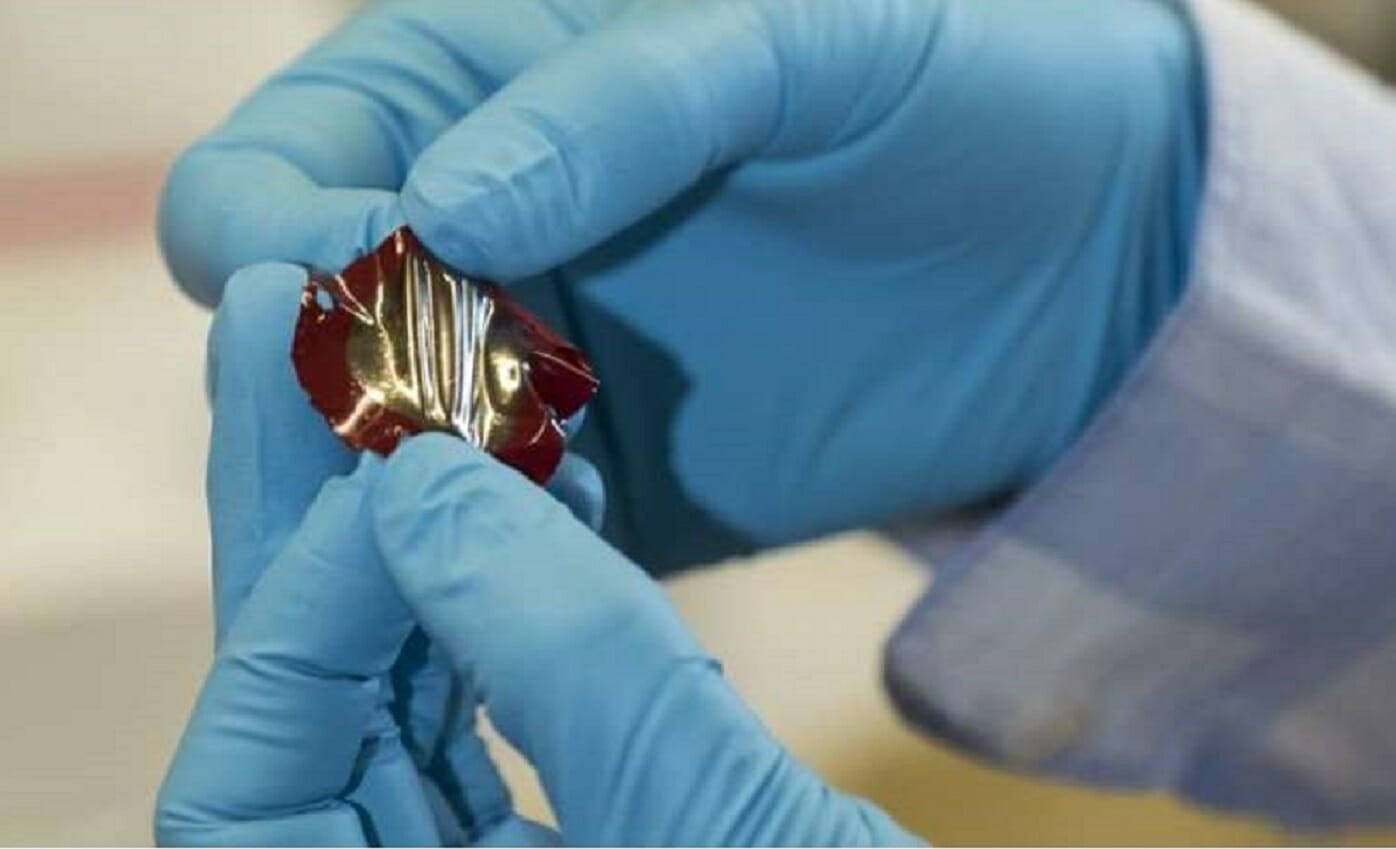Nikola Tesla once dreamed of lighting up the world with wireless electricity. That idea never materialized, and the closest he got was the Tesla coil which was created in 1891.
Now researchers at Stanford University made a step closer to make that dream into a reality. This scientific feat was based on a 2007 study by Massachusetts Institute of Technology about transmitting electricity wirelessly over a distance of a few feet to a stationary object.
The difference with the new work is they were able to transmit electricity wirelessly to a moving LED lightbulb involving a 1-miliwatt charge. Its scale may not be as significant right now.

Photo by Stanford University
Along the process, the researchers were able to reach a kind of mid-range wireless power transfer based on magnetic resonance coupling.
Electricity flowing through wires creates an oscillating magnetic field, causing a nearby coil’s electrons to oscillate. In turn, this transmits power wirelessly.
But this is the greatest challenge when it comes to wireless energy transmission, as the oscillating coils need to be automatically tuned, especially in moving objects, for it to be efficient. The researchers successfully overcame this by using a feedback resistor and voltage amplifier system to detect where it should be tuned to all by itself.

Photo by EV Obsession
Electric cars are the major beneficiary of this scientific breakthrough. Virtually, there will be no more issues on the range and the lowering of the cost of electric cars as wireless electricity on moving objects could become the standard fuel for vehicles.
“In addition to advancing the wireless charging of vehicles and personal devices like cellphones, our new technology may untether robotics in manufacturing, which also are on the move,” said Shanhui Fan, a professor of electrical engineering and senior author of the study.
“We still need to significantly increase the amount of electricity being transferred to charge electric cars, but we may not need to push the distance too much more,” he added.
Source: Stanford University














